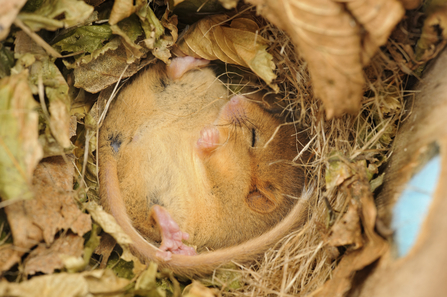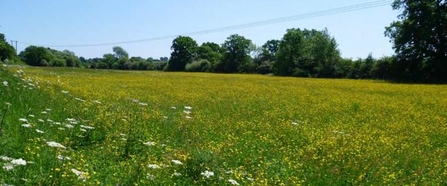With two years of restoration already underway at Green Farm, we can start turning our attention to monitoring the changes that are happening. There are loads of things to survey and plenty of ways to do it! But, with not much time or resources, what do we prioritise? What are we monitoring against? And what are we hoping Green Farm will change into?
The first thing to do with any restoration or habitat creation project is to do baseline monitoring at the very start, which gives you an idea of how things are before you start doing anything to reach your end goal. For us, we want to measure biodiversity and bioabundance, with the aim that both will increase as the different habitats at Green Farm develop. To do this, we could look at a whole range of measures, from soil bacteria to the number of nesting blackcaps, water quality to abundance of hawthorn in the hedges. Eventually, we decided to prioritise valuable habitats, key species and key areas of change.





